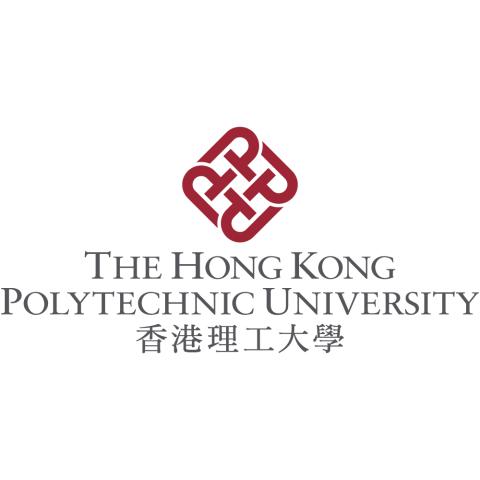
A model for maximising the impact of small research units
Many scientists in small research units face the same problem: they generate much impactful research yet find it difficult to find the extra time and resources needed to promote their projects to the public. Additionally, handling event logistics and marketing campaigns can be challenging and will distract researchers from focusing on their research. However, recruiting a dedicated person to manage these administrative tasks in a small research unit is costly and inefficient.
Thus, an effective administrative team operating across various research units can help to reduce those coordination and logistical issues, streamlining the administrative work of constituent research units and helping to facilitate successful research initiatives. Most importantly, this allows researchers to concentrate on generating larger-scale and more impactful projects. The Hong Kong Polytechnic University (PolyU), where I work, has established just such a quasi-centralised research resource, and here I present advice for others who are interested in doing the same.
Quasi-centralisation in research management
First, when undertaking quasi-centralisation the managerial independence of constituent research units should be largely retained. However, alongside this, centralised administrative support is provided by the new quasi-centralised unit, because this affords a third way between the two traditional organisational models – centralised and decentralised – each with their respective strengths and shortcomings.
- Five tips for building healthy academic collaborations
- Questions to foster open and engaging research communication
- Why learning to listen will help you avoid ‘helicopter research’ and make you a better science communicator
A centralised approach involves a single leadership team conducting strategic planning, goal setting, budgeting and talent deployment tasks. This can bring benefits that include: economies of scale; standardisation of procedures and adoption of best practice; increased collaboration among research and academic units; easier external stakeholder engagement.
However, it is worth bearing in mind that a centralised approach might not enable some potential features of a decentralised mode, which include: encouragement of innovation; research talent empowerment; swift decision-making.
Implementing a quasi-centralised model
A quasi-centralised approach leverages the strengths of centralised models while trying to avoid the impact of some of their limitations.
Take our university as an example: each research institute or research centre is led by a dedicated management team, which determines specific research directions, projects to be undertaken and planned development, as well as steering the unit’s day-to-day operation. This enables administrative independence.
Before establishing the quasi-centralised unit, several research institutes already operated on a standalone basis as administratively independent units. Despite remarkable success in securing grants and successful research initiatives, these units often needed help in their day-to-day operations, and coverage of their impactful research projects relied totally on the university’s communications and public affairs office.
While the research institutes and centres still retain very considerable autonomy, the overall utilisation of resources is now overseen by the quasi-centralised unit, which provides comprehensive administrative support, including human resources and financial management, marketing, editorial assistance, event organisation, IT support, and website development and maintenance.
With this quasi-centralised model, duplication of administrative resources can be avoided. In addition, researchers can be provided with the expertise and experience (for example, in organising events and marketing campaigns) that are outside their academic remits but are essential for amplifying their research impacts and reducing potentially distracting coordination and logistical issues. Most importantly, while providing centralised administrative support, quasi-centralisation better enables research units to focus on innovation, collaboration and the generation of larger-scale impact.
Leveraging the unit to develop a research brand strategy
Among the various functions of the quasi-centralised unit, one is to help narrow the divide between research and the commercial world by explicitly and effectively developing the university’s branding. Branding helps to give a university a more precise research identity, one that is not simply defined by research achievements. The marketing of that brand determines how its research achievements and values are communicated to attract funding, talents, partnerships, knowledge transfer and commercialisation opportunities.
By adopting a collective brand strategy, the research units under that joint brand can have a more significant positive influence on the marketing productivity of the university as well as on its societal impact. The collective brand projects a clear, consistent and accessible vision of interdisciplinary collaboration, achieved through effective management of events, social media channels, fellowship schemes and publications. This increases brand exposure, expands the institution’s network with local and overseas universities and industries, attracts competitive talents, helps disseminate research findings and reflects research excellence.
An approach to success
It is critically important to effectively and efficiently manage institutional research to bring together individual research talents within a university and thus maximise their impact on the institution, the community and the wider world. A practical approach is required to provide a quasi-centralised management framework within which individual research initiatives can be nurtured to success and research outcomes translated into real-world impact.
Qingyan Chen is director of the PolyU Academy for Interdisciplinary Research at The Hong Kong Polytechnic University.
If you would like advice and insight from academics and university staff delivered direct to your inbox each week, sign up for the THE Campus newsletter.




